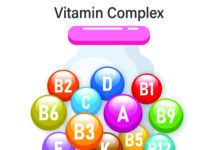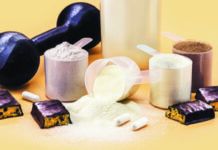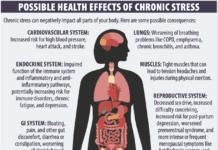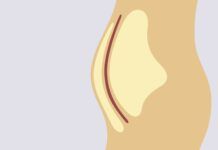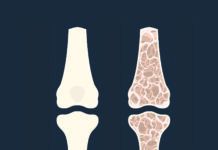Answer :To understand the difference between partially and fully hydrogenated oils, youll need a short chemistry lesson-bear with us! In saturated fats, all the positions for hydrogen on the carbon atoms are filled. Monounsaturated fats have one pair of carbon atoms per chain that are connected to each other instead of to hydrogen atoms this carbon-carbon bond is thus unsaturated); so oleic acid, a monounsaturated fatty acid, which has 18 carbon atoms per chain, is denoted as 18:1. Polyunsaturated fats have more than one such carbon-carbon bond; linoleic acid, for example, is 18:2, meaning it has two unsaturated bonds in a chain of 18.
When oils get hydrogenated, all of these unsaturated bonds are catalytically converted to saturated bonds. In partially hydrogenated fat, some of the unsaturated bonds remain, but their geometry is changed to a trans configuration that lets the molecules lie parallel to each other. These more densely packed trans fats are thus solid at room temperature and handy for restaurant and bakery use.
Still with us? OK. When oils are fully hydrogenated, all their bonds get changed to hydrogen-carbon and there are no more trans molecules. Since most vegetable oil is primarily 18:2 (polyunsaturated), you end up with stearic acid (18:0), a saturated fatty acid. The good news is that, in the body, stearic acid does not have the same effect, for the most part, as other, less-healthy saturated fatty acids because it can get metabolized to oleic acid (18:1)-a healthier monounsaturated fat. Alice H. Lichtenstein, DSc, director of the Cardiovascular Nutrition Laboratory at Tufts Jean Mayer USDA Human Nutrition Research Center on Aging, concludes, Hence, fully hydrogenating is one apparently good approach to avoiding trans fats while changing the physical form of the oil.







